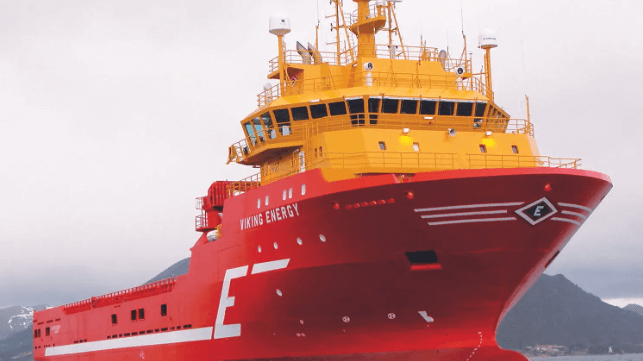Report Highlights Fuel Cells' Role in a Low Carbon Future for Shipping

The International Maritime Organization's (IMO's) Fourth GHG study reported that global shipping resulted in around one billion tonnes of carbon dioxide (CO2) and three percent of annual global greenhouse gas (GHG) emissions on a CO2 -equivalent basis. Therefore, for the maritime industry to meet the objectives of the Paris Agreement, it must reduce emissions by 45 percent in 2030 compared with 2010 levels and reach net zero by 2050. Several options to decarbonize the sector include batteries, fuel cells (FC), green hydrogen, green ammonia, e-methane, and carbon capture. Still, there has yet to be a clear winning solution.
A new report from IDTechEx, 'Fuel Cell Boats & Ships 2023-2033', has strongly backed fuel cells to play a pivotal role in this decarbonization voyage. The chemical energy in green fuels can be converted into mechanical energy in multiple ways, including combustion. IDTechEx points to fuel cells with their high potential as a highly efficient solution offering a pathway to zero emissions.
"Overall, batteries and hydrogen and ammonia fuel cells have high potential to create long-term pathways to zero emissions," Luke Gear, Principal Technology Analyst at IDTechEx, said. "It is easy to envisage a future with broader adoption of hydrogen PEMFC and batteries in the mid-term and ammonia SOFC adoption in the long term. However, what is clear is that lowering emissions in the maritime sector will continue to rely on tremendous investment, financial support, and policy drivers from both the public and private sectors."
Currently, two viable technologies are available to the maritime sector in proton exchange membrane fuel cells (PEMFC) and solid-oxide fuel cells (SOFC). Hydrogen PEMFC is the most commercially available and the focus of most suppliers; their drawback is the volumetric energy density of hydrogen. For ocean-going vessels, liquid hydrogen requires much more storage space, while reaching and maintaining the required -253oC is both complex and energy intensive. Nevertheless, maritime PEMFC markets are growing rapidly, particularly in inland and coastal sectors.
SOFCs solve many of these pain points. They are fuel flexible and can be operated with ammonia, hydrogen, LNG, LPG, methanol, ethanol, and more at efficiencies above 80 percent with combined heat and power (CHP) processes. This is a significant increase over typical PEMFC and marine diesel engine efficiencies of 55 and 45 percent, respectively.
"The advantages of ammonia and ammonia-fed SOFC+CHP are naturally generating industry excitement," Gear adds. "Indeed, the first ammonia-powered SOFC vessel in the world is scheduled for operation in 2023 - an offshore supply vessel called Viking Energy, which will be retrofitted with a 2MW SOFC system from Alma Clean Power. Green ammonia will be supplied by Yara, allowing up to 70 percent of the power requirements to become zero emissions."
There are several challenges SOFC must still overcome, including long start-up times and a poor dynamic response. However, it is considered that these concerns are controllable in the marine environment when utilized alongside a battery system. The principal downsides are infrastructure and supply chain issues. Currently, mega-watt SOFCs and green ammonia are not readily available.
